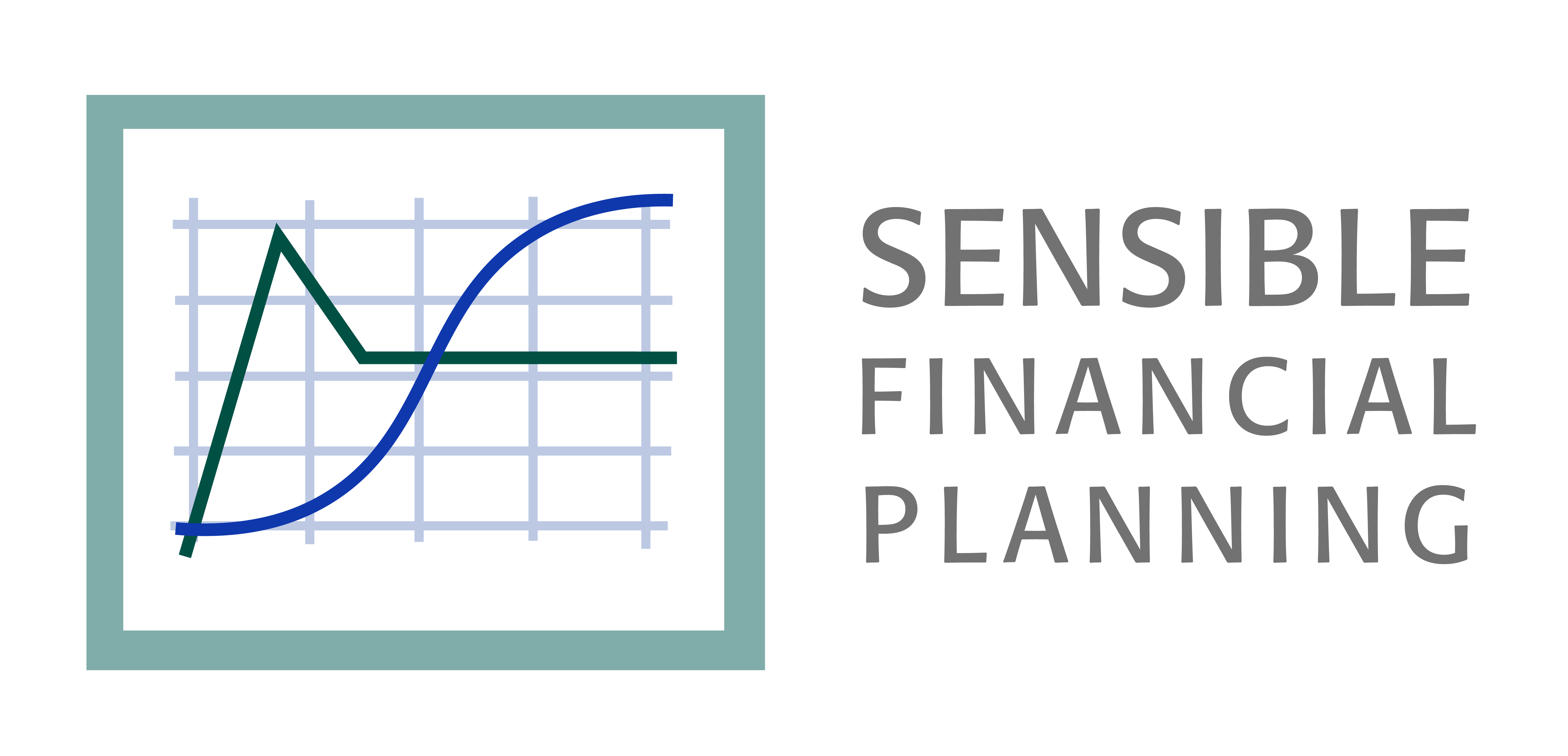
Over the past few months, I’ve spoken with all of my clients about their investment portfolios in the midst of this volatile market. Either they called me, or I reached out. It was a rewarding and challenging experience to be available to talk to so many people during this difficult time.
The range of reactions to market volatility varied greatly. Of course, no one was happy about their investment losses. Many felt more than a bit anxious but had (perhaps reluctantly) decided to ride it out and not change their percentage allocation to stocks and bonds. Some clients made minor changes, reducing their allocation to stocks somewhat to reduce their risk level. A small number of people were feeling panicked and wanted out of stocks, or at least wanted to reduce their risk level significantly. An even smaller number wanted out of bonds, even though, as it turned out, bonds generated positive returns, providing considerable ballast to portfolios.
Risk Capacity and Risk Tolerance
Those who were extremely anxious developed a mental construct — an internal story, if you will, and a dire one at that — about what is likely to occur with the stock and bond markets, the economy, and the world at large. Some were looking for me to tell them my own story about where I see things headed. In times like these, rather than trotting out my crystal ball, I always try to bring clients back to their financial plan and a discussion of their Risk Capacity and Risk Tolerance, topics we discuss every year during their annual review. Risk Capacity is the maximum amount of investment risk one can afford over one’s lifetime without having to reduce spending to unacceptable levels if investment returns are poor. This is an objective measure of risk. Risk Tolerance is the maximum amount of investment risk one can tolerate before panicking about market conditions and possibly making unwise investment decisions. This measure of risk is subjective.
When choosing an overall asset allocation, one must consider both Risk Capacity and Risk Tolerance. If there is a mismatch, the target risk should be limited by the lower of the two. For example, an 85-year-old widower with a $10 million net worth may have a high risk capacity, but if he cringes whenever the S&P 500 slides 25 points, his risk tolerance is low, so he should choose an allocation to stocks that lets him sleep at night. On the other hand, a new retiree may have a high risk tolerance, but if their assets are just sufficient to meet their lifetime spending requirements and not much more, they’ll have very low risk capacity.
Your Risk Capacity and Risk Tolerance can change
It is important to understand that these risk measures are not fixed personal attributes like eye color or height. Our risk capacity can increase or decrease with changes in financial wealth or planned financial wealth, such as a big promotion, a career change, or an inheritance. It can also change if we desire a change of lifestyle. At some point, we might welcome the opportunity to downsize and simplify our life. This would increase our capacity to take on investment risk because we wouldn’t need as much money to live a comfortable life.
Our risk tolerance can also change over time. A 25-year-old with ten thousand dollars might put all her money in stocks and just let it ride. Fast forward to age 50, add a spouse and two children, and a $1 million portfolio, and an all-stock portfolio might be difficult to stick with. Think about March 2020 or the Great Financial Crisis of 2008-2009. Our risk tolerance can also change based on changes in the direction of the stock market. Our tolerance for portfolio losses might be greater when the markets have been on an upward swing for the past decade but lower during bear markets.
Remember the Great Recession?
This was perhaps the biggest insight I had during the recent COVID-19 stock market downturn. Many of my clients felt they had over-estimated their tolerance for investment risk because they had been unable to predict what it would feel like to be in a ferociously bear market like the one we recently experienced. The memory of the 2008-2009 Great Recession had faded, replaced by 12 years of unprecedented market growth. Under those conditions, it was difficult to imagine that a global pandemic would soon roil the markets. That information was simply not available until it was, but by then it was too late.
Fortunately, the stock market has bounced back (as of this writing) quite a bit. Investors who remained in stocks have already recovered most of their losses. Those who ratcheted back their equity level have recovered to a lesser degree, but they are probably sleeping better at night. Over the next few years, as we work with clients to assess their risk capacity and risk tolerance, we can hope for more balanced perspectives, with both the long bull market and the ferocious bear market fresh in clients’ memories.
